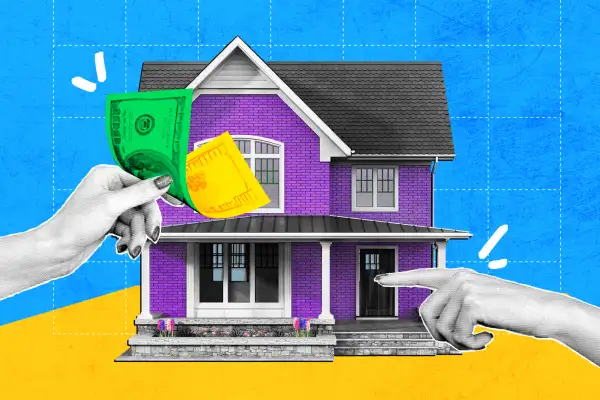Home Sales Haven't Been This Slow Since the Great Recession

Existing home sales slipped in April as concerns over tariff-related uncertainty overshadowed the key spring housing season.
On Thursday, the National Association of Realtors (NAR) reported that existing home sales unexpectedly dropped 0.5% in April to a seasonally adjusted rate of 4 million. This was the slowest pace for April since 2009 and marked a 2% decline compared to the same month last year.
Consumer confidence was already wavering when President Donald Trump announced reciprocal tariffs on imports from all countries on April 2. Although the Trump administration suspended most of those tariffs for 90 days on the day they were set to take effect, the initial announcement rattled markets and heightened concerns about an already fragile economy.
“These April home sales likely went under contract in March and early April, when mortgage rates held in a very narrow range between 6.6% and 6.7%,” said Danielle Hale, chief economist of Realtor.com. “Even before the big trade announcement on April 2, consumers had reported concerns about the outlook for personal financial situations and job security, which may have undermined their confidence in making a large purchase, such as a home.”
Since then, mortgage rates have ticked higher in recent weeks, renewing affordability concerns for prospective buyers. If borrowing costs continue to rise, the upward trend could put additional pressure on an already sluggish housing market.
As of May 22, the average 30-year fixed mortgage rate hovered around 6.86%, according to Freddie Mac. This is a slight increase from the previous week’s average of 6.81% but still lower than the 6.94% recorded one year ago — offering some relief for borrowers, though rates remain high compared to pre-pandemic levels.
Although sales remain weak, there is some good news for buyers. The inventory of existing homes listed for sale increased 9% from March — and 20.8% from one year ago — to 1.45 million units in April. The growing inventory could help ease price pressures in some markets by keeping home prices stable and giving buyers more options.
"At the macro level, we are still in a mild seller's market," said Lawrence Yun, Chief Economist at NAR. "But with the highest inventory levels in nearly five years, consumers are in a better situation to negotiate for better deals."
Median home price on the rise for 22nd straight month
Home prices are still edging upward nationwide. Nationally, the median price for an existing home increased 1.8% from a year earlier to $414,000 — an all-time high for the month of April and the 22nd straight month of year-over-year price increases. Regionally, prices fell in the South and West but climbed in the Northeast and Midwest.
"Home shoppers remain optimistic amid a growing number of homes for sale, but opportunities vary by region and price point," said Hale. Looking ahead, Hale added that mortgage rates — a key factor in affordability — are expected to stay within a range that's more likely to weigh on, rather than boost, home sales in the short term.
More from Money:
How I Bought a Home With Zero Down Payment and Scored a 4.75% Rate





